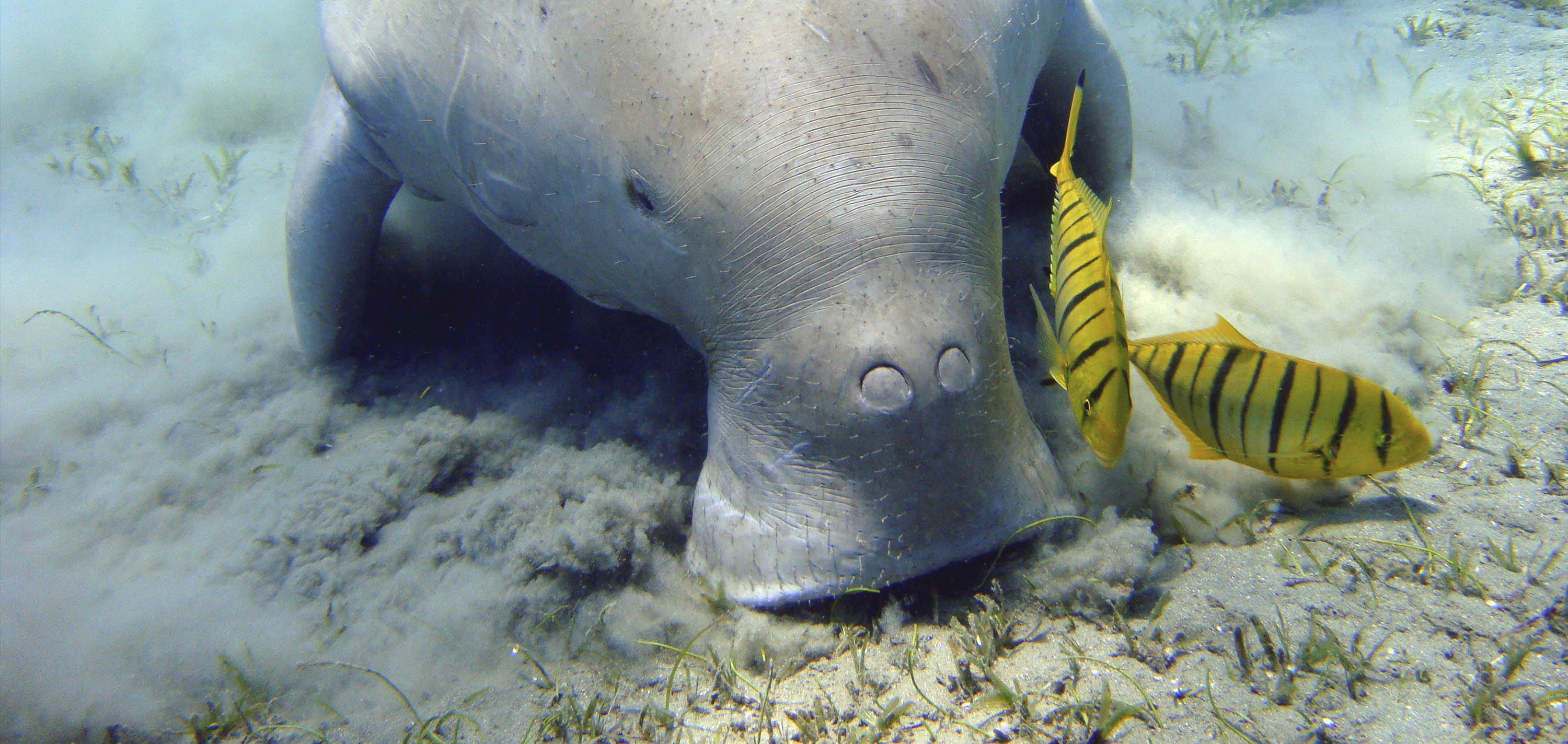
Paleontology specimens are fossils of formerly living plants, animals, or naturally occurring tracks, impressions, and casts. They cover the entire span of geologic time and represent all kingdoms of life. Fossils dating back to the Paleozoic era (543 million years ago) represent the first signs of life on earth in the Nation’s Capital.
Specimens in this exhibit are from Fort Washington Park, Chesapeake & Ohio Canal National Historical Park, Rock Creek Park, the George Washington Memorial Parkway, Piscataway Park, Greenbelt Park, Manassas National Battlefield Park, and the Suitland Parkway. Fossils range in size from the microscopic to the massive such as whales. They yield information on the presence, evolution and diversity of ancient animal and plant life as well as evidence of specific life or geologic events at a given time in the Earth’s history.
Body fossils are any "parts" of a formerly living organism including bones, teeth, insect bodies, shells, feathers, leaves, fruits, flowers, and nuts. Once fossilized, they preserve records from the moment of an organism’s death and remain a tangible connection to how life, landscapes, and climates have changed over time, and how living things responded those changes.
Unexpected finds in the National Capital Area provide clues to species distribution during different points in geologic history. A fossilized dugong rib bone found during construction of the Suitland Parkway indicates that these marine mammals, only found in Indo-Pacific oceans today, were present in an ancient ocean once covering this region 54-5 million years ago (MYA).
Learn moreTrace fossils, also known as ichnofossils, are geological records of the activities and behaviors of past life. Examples include fossilized evidence of nests, burrows, footprints, and scat. These fossils are different from body fossils that preserve the actual remains of a body such as shells or bones.